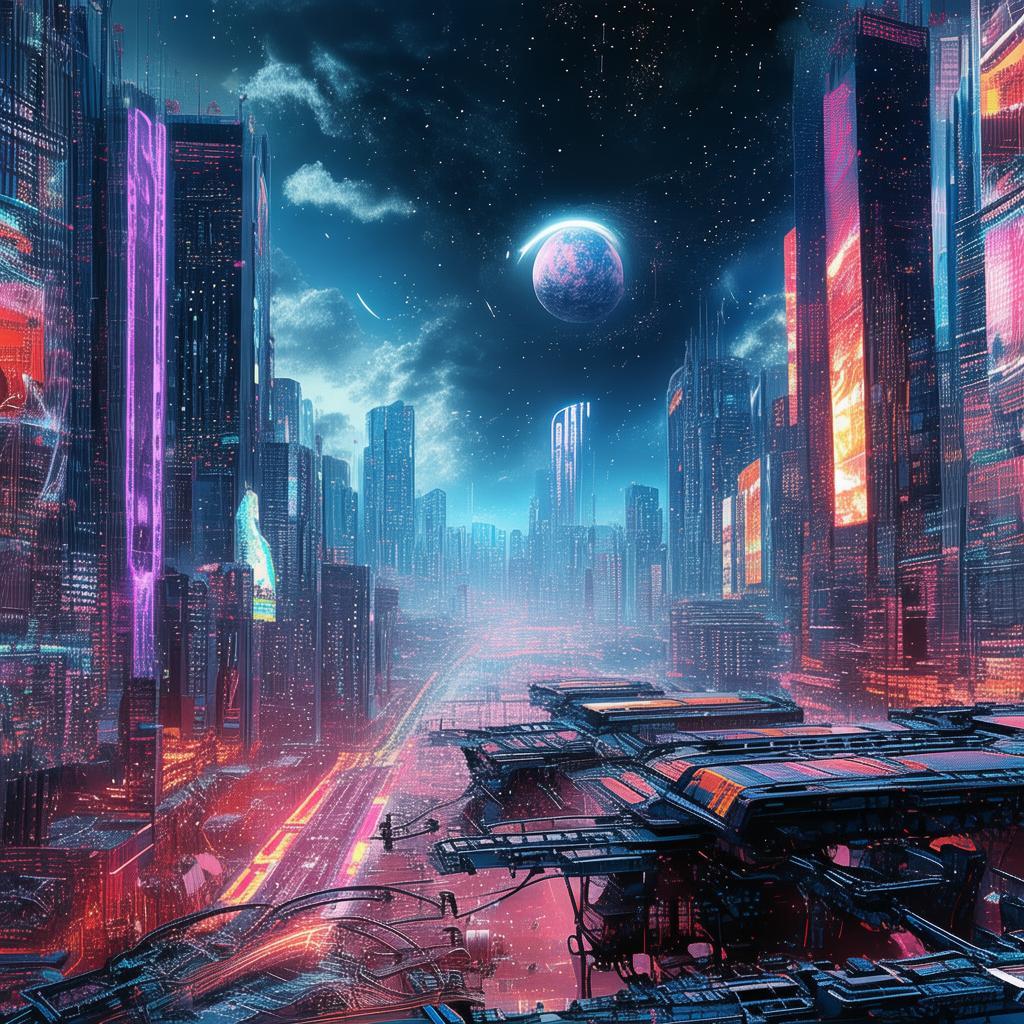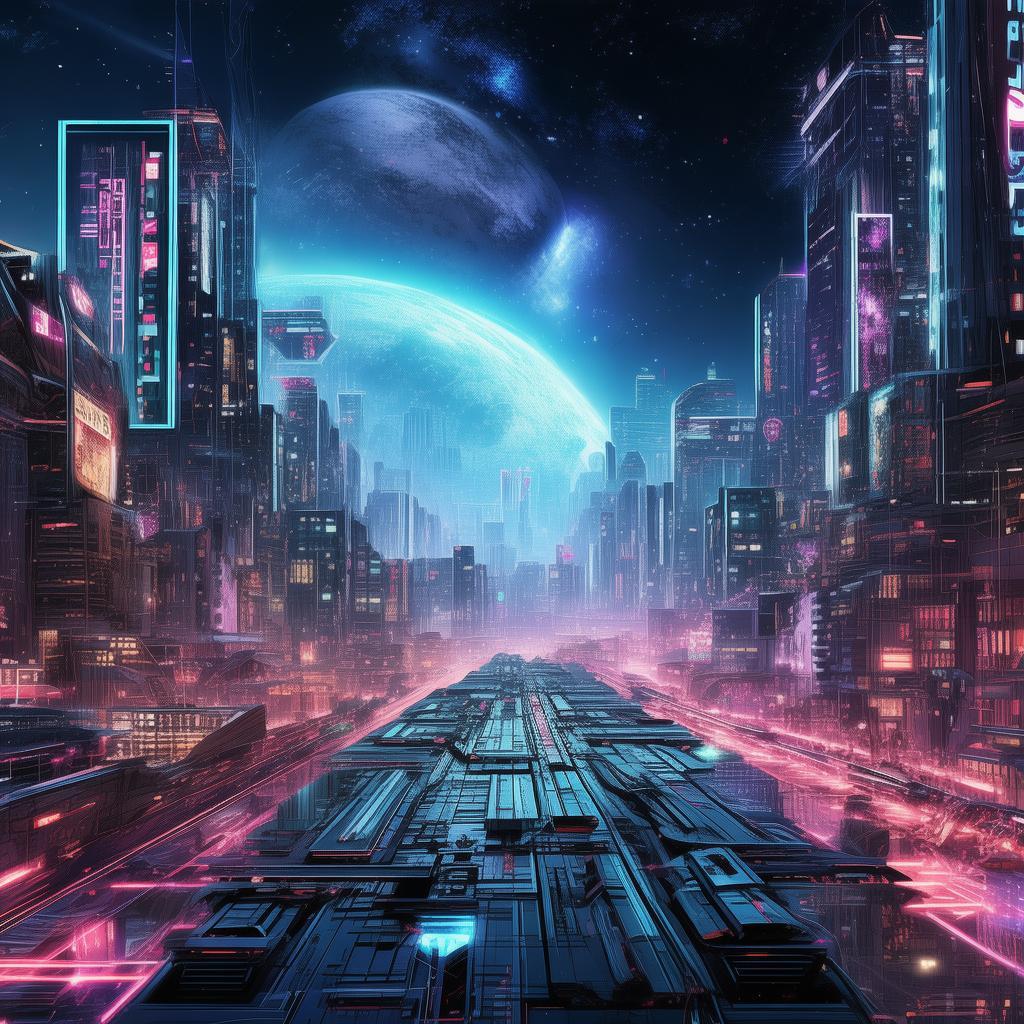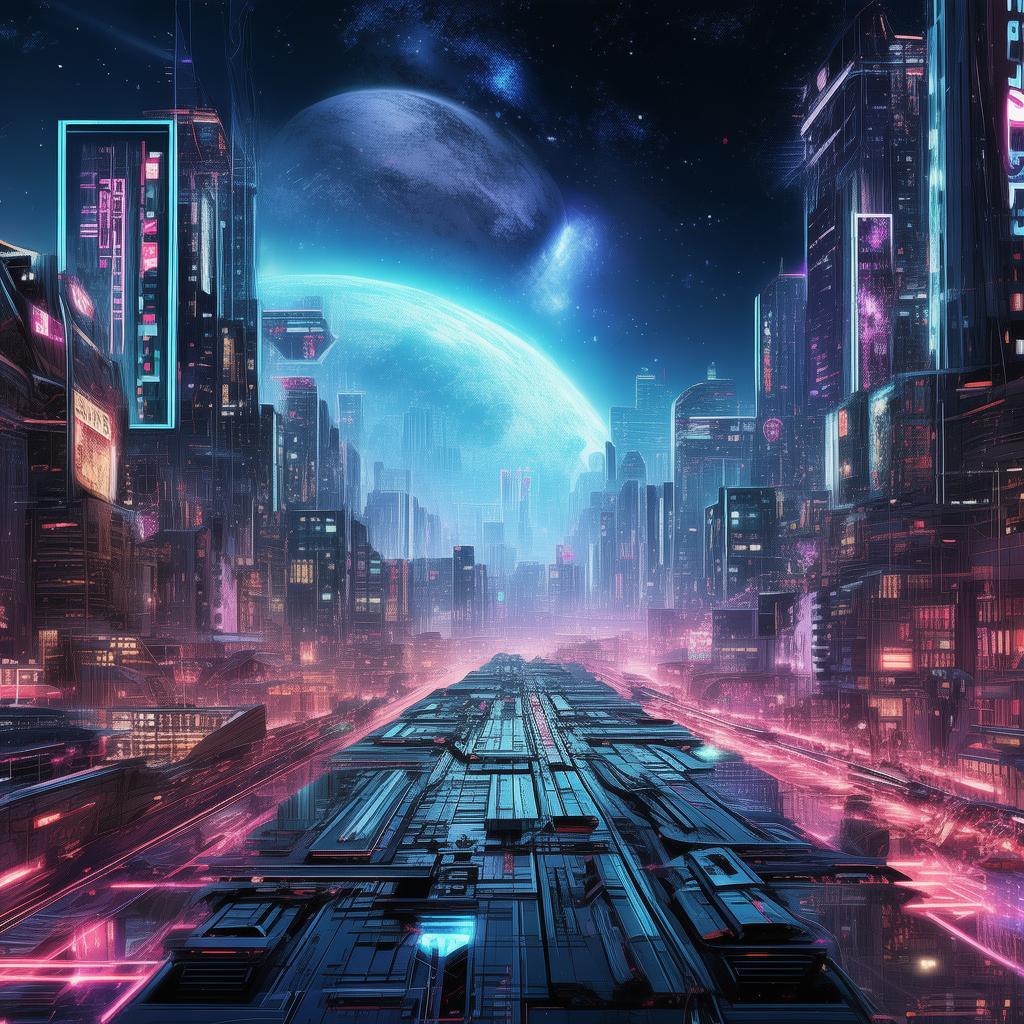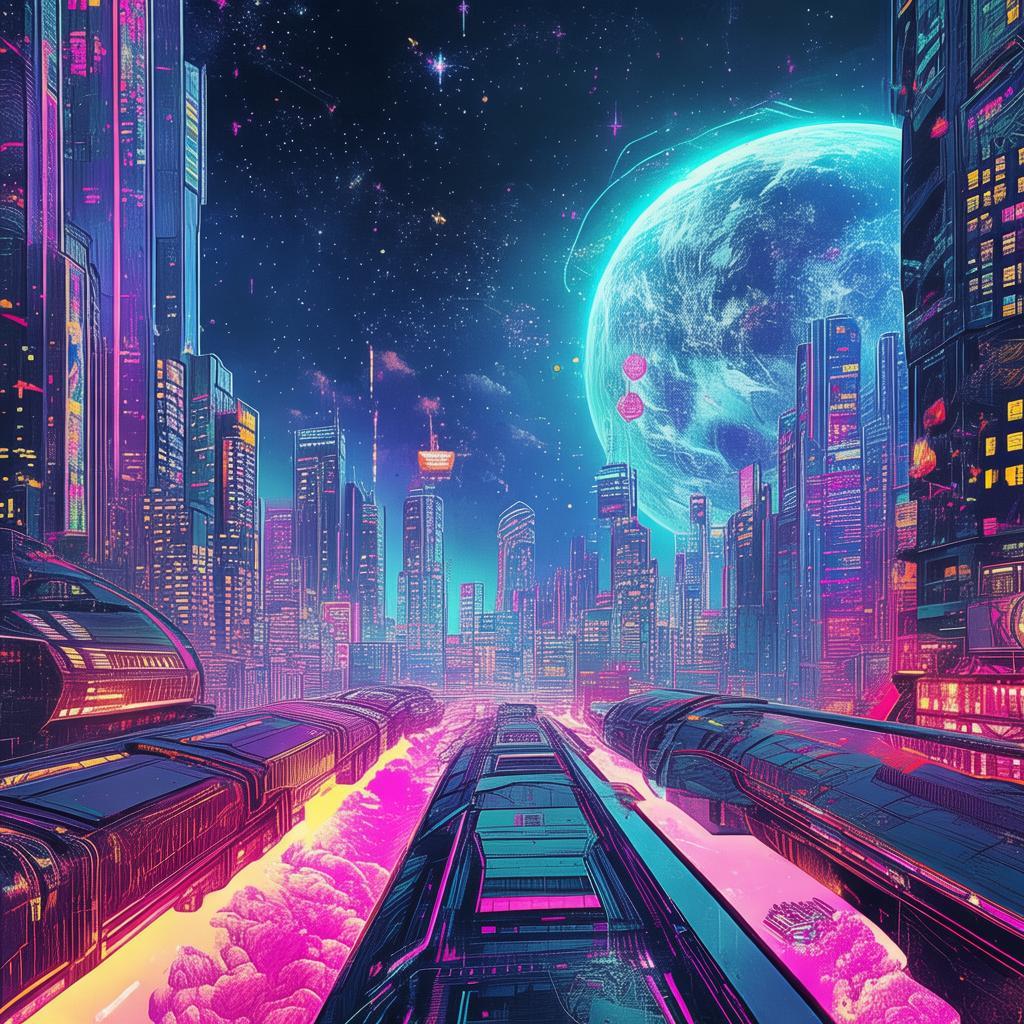Divine Echoes: The Last Canvas of Creation
The sun dipped below the horizon, casting long shadows across the desert sands of the lost civilization of Aetheria. In the heart of this forgotten land, a young woman named Liana stood, her eyes reflecting the final light of day. She was an archaeologist, a seeker of the forgotten and the hidden, and today, she had found something that would change everything.
The artifact, a shimmering, intricate canvas, lay before her, its surface pulsating with an otherworldly energy. It was said to be the Godly Canvas of the Ancient World, a relic from a time when gods walked the earth and the lines between myth and reality were blurred. According to the legends, the canvas held the secrets to the universe's creation, and the power to rewrite reality itself.

Liana's heart raced as she reached out to touch the canvas. The surface was warm, almost alive, and she felt a surge of energy course through her veins. She knew she had stumbled upon something extraordinary, something that could alter the very fabric of existence.
As she gazed upon the canvas, she noticed a series of symbols that seemed to come alive before her eyes. They depicted scenes of creation, the rise and fall of empires, and the evolution of humanity. The last symbol, however, was unlike any she had seen before—it was a paradox, a loop that seemed to represent the cycle of life, death, and rebirth.
Intrigued and cautious, Liana began to study the canvas more closely. She realized that the paradox was not just a symbol, but a key. Each scene on the canvas could be manipulated, and the paradox held the power to alter reality. With a deep breath, she reached out and touched the symbol, causing the canvas to glow with an intense light.
Suddenly, the world around her began to shift. The desert sands transformed into a lush, verdant landscape, and the sky turned a deep, twilight blue. Liana found herself standing in the heart of an ancient city, surrounded by towering structures and bustling crowds.
She was in the past, the time of the Godly Canvas of the Ancient World. The people around her spoke in tongues long forgotten, and the air was thick with the scent of history. Liana wandered through the city, her mind racing with questions. Who were these people? What was their connection to the canvas?
As she explored, she encountered a wise elder who claimed to be the guardian of the canvas. The elder explained that the paradox was a test, a way to determine whether Liana was worthy of the power it held. To prove her worth, she had to navigate the challenges of the past and the future, using the canvas to guide her path.
Liana's journey was fraught with danger and mystery. She had to decipher the ancient languages, solve riddles left by the ancients, and confront her own fears and doubts. Along the way, she met allies who believed in her mission, and enemies who sought to harness the canvas's power for their own gain.
One of her most significant allies was a young artist named Kael, whose talent for interpreting the canvas's symbols was unparalleled. Together, they discovered that the canvas was not just a relic of the past, but a living entity that could evolve and adapt to its user's needs.
As they delved deeper into their quest, they uncovered the truth about the canvas: it was a piece of the universe's consciousness, a fragment of the divine that had been left behind when the gods stepped aside. The paradox was the universe's way of ensuring that the power would not fall into the wrong hands, but instead be used to foster growth and understanding.
The climax of their journey came when they faced off against a rogue scientist who had discovered the canvas and sought to use its power to create a new world order. In a tense standoff, Liana and Kael managed to outsmart the scientist, using the canvas's paradox to trap him within a temporal loop, where he would be forced to confront the consequences of his actions.
With the scientist neutralized, Liana and Kael returned to the present, the canvas now a part of their very essence. They realized that the power of the canvas was not about altering reality for their own gain, but about understanding the interconnectedness of all things.
In the end, Liana looked back on her journey with a sense of fulfillment and peace. She had discovered the truth about the Godly Canvas of the Ancient World, and in doing so, had uncovered the potential for redemption and enlightenment within herself.
As the sun rose again, casting a golden glow over the desert, Liana knew that her adventure had only just begun. The canvas was a testament to the infinite possibilities of the universe, and she was determined to use its power to create a future where humanity could grow and evolve in harmony with the cosmos.
The Godly Canvas of the Ancient World had become more than a relic; it was a beacon of hope, a reminder that the power to shape the future lay within each of us.
✨ Original Statement ✨
All articles published on this website (including but not limited to text, images, videos, and other content) are original or authorized for reposting and are protected by relevant laws. Without the explicit written permission of this website, no individual or organization may copy, modify, repost, or use the content for commercial purposes.
If you need to quote or cooperate, please contact this site for authorization. We reserve the right to pursue legal responsibility for any unauthorized use.
Hereby declared.









